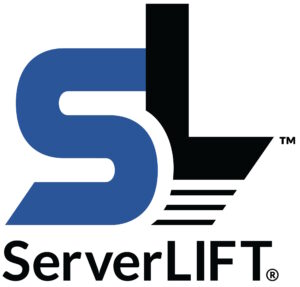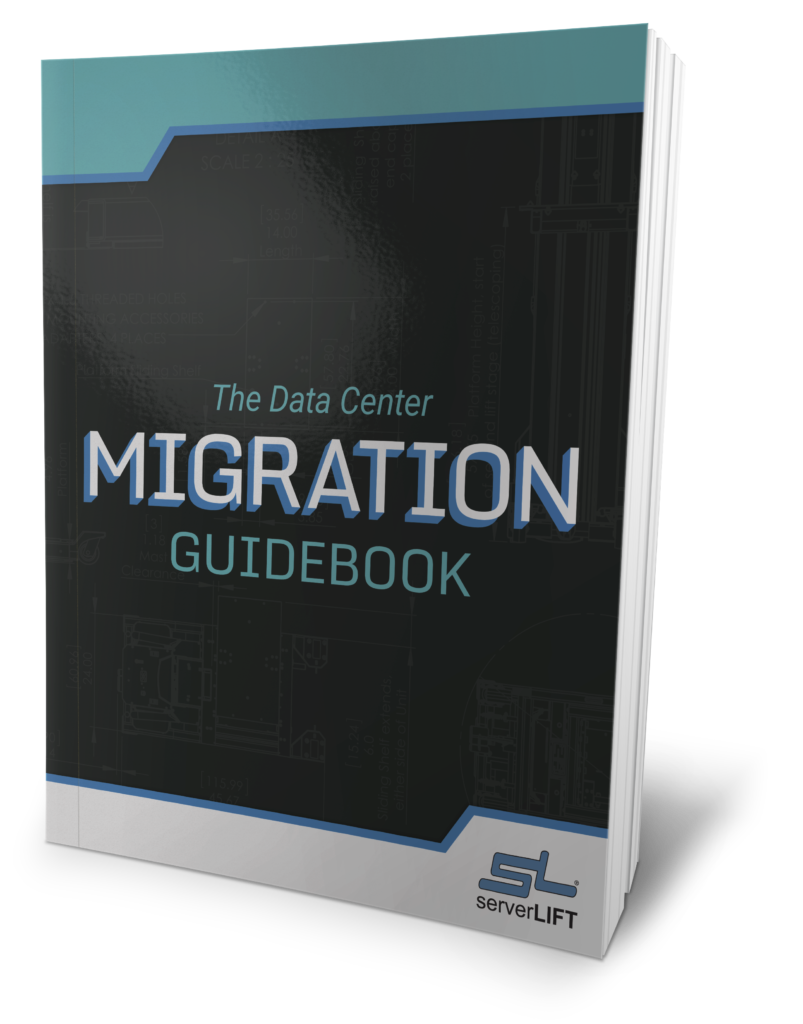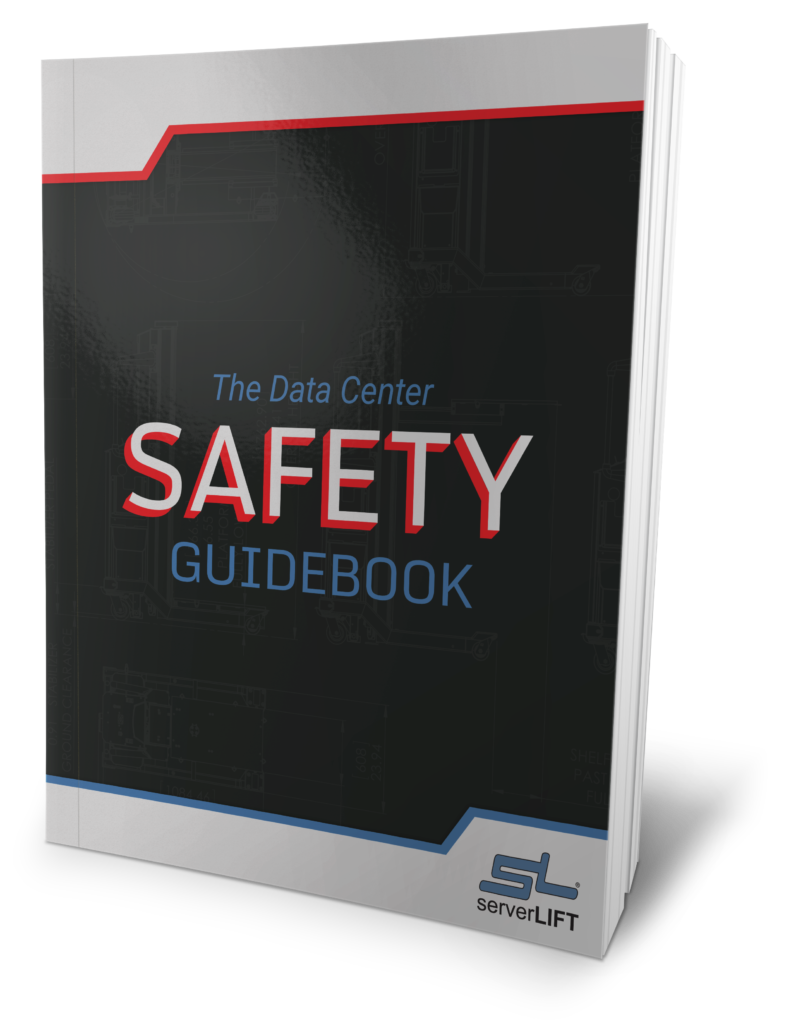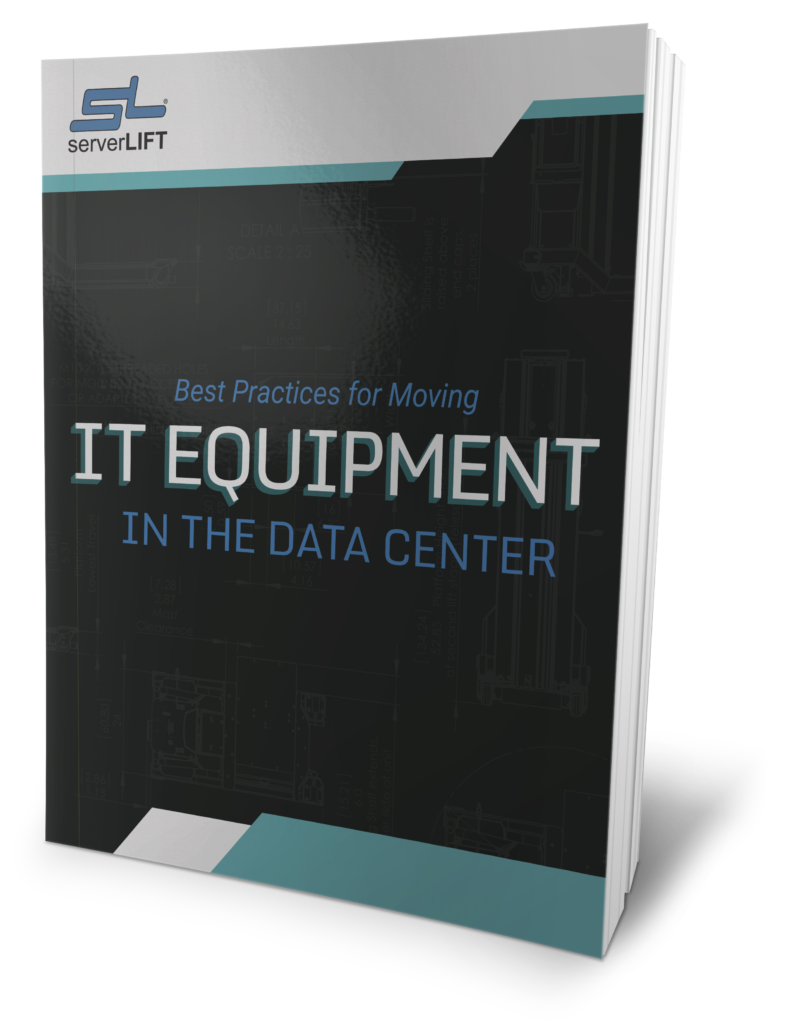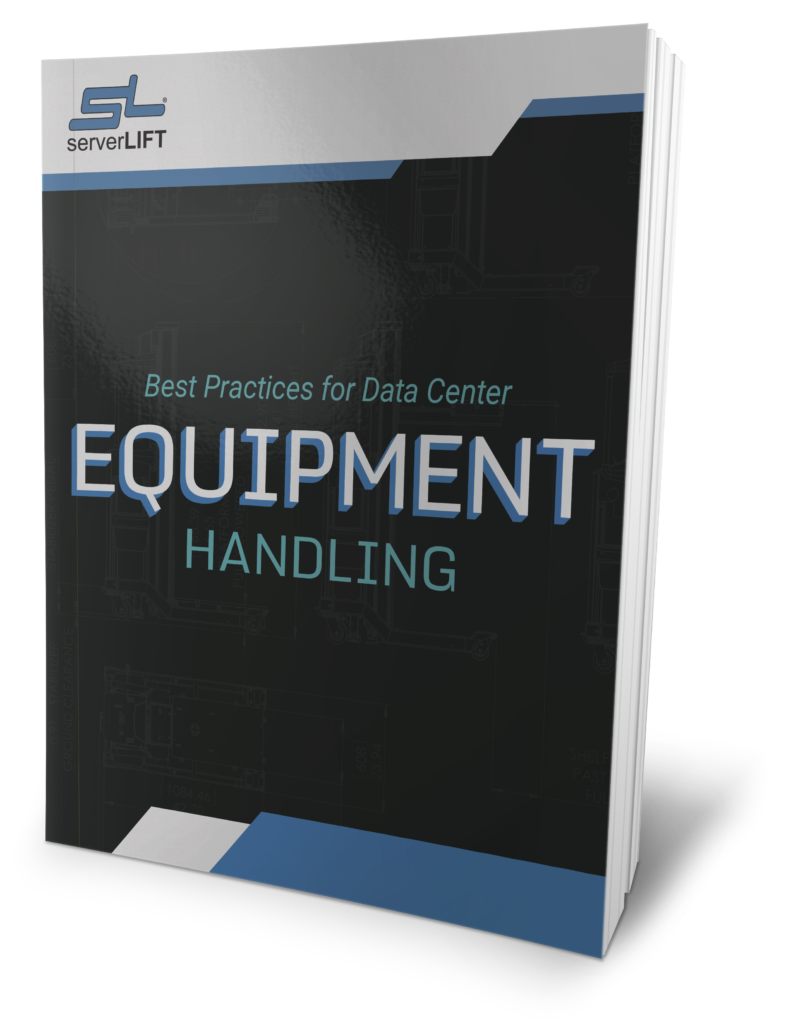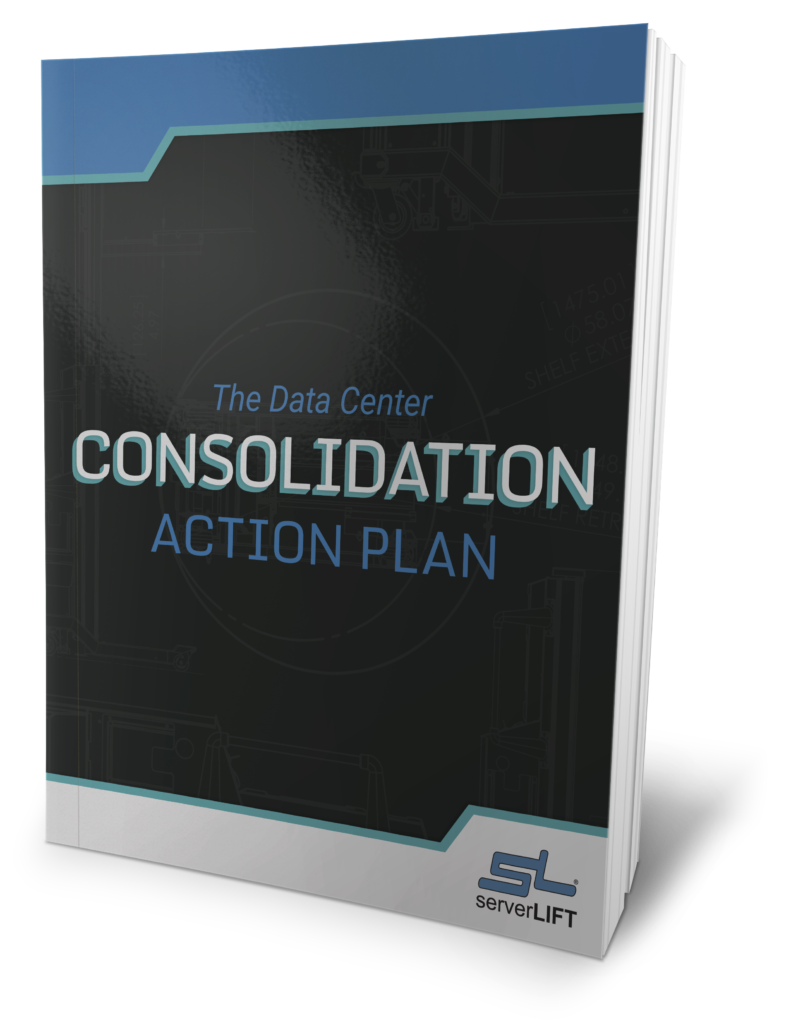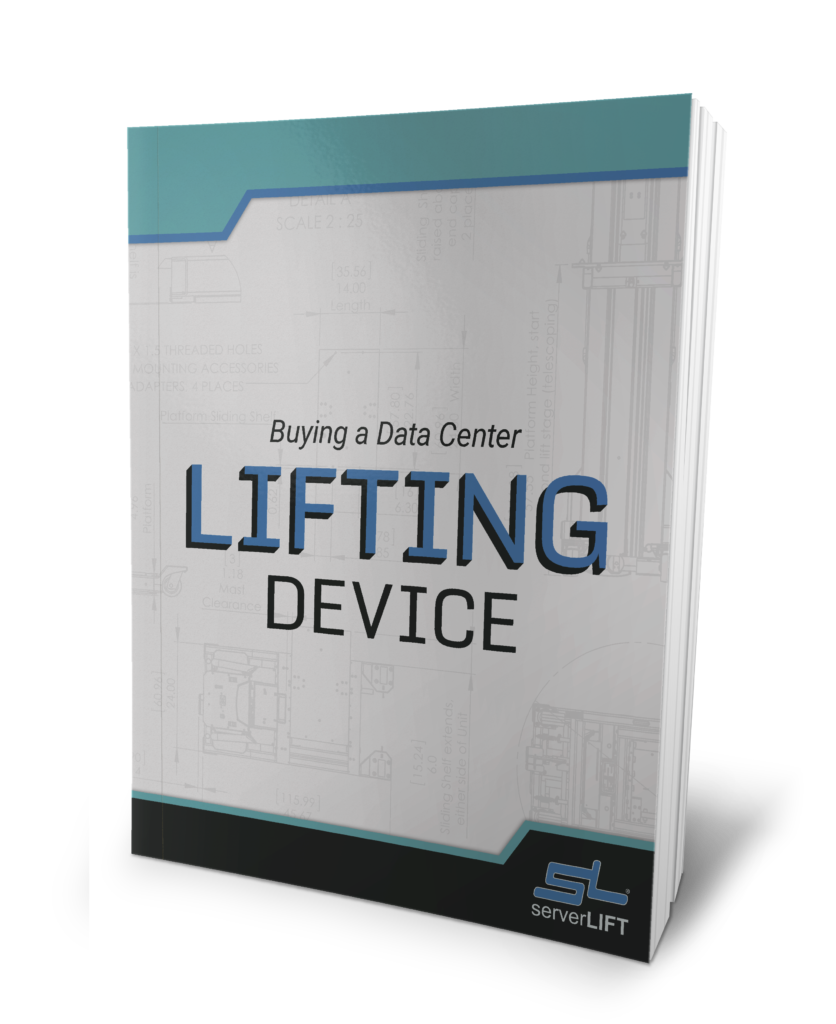AI’s impact on data center networks is considerable and multifaceted. There is every reason to expect AI to continue exploding into the mainstream in almost every application imaginable. An example is a current proposal for AI-powered refrigerators that recommend what the users should eat.
This perfusion of AI into everyday consumer life means that data center resources are being used more heavily than ever. Combined with the simultaneous surge in edge computing and 5G, it’s obvious why data centers are experiencing rapid growth and change.
Here are some of the ways modern data centers are adapting to cope with the extreme demands placed by AI.
Data centers are using more powerful networking chips.
The bandwidth required for AI applications is immense. Not only must bandwidth be high, but latency must be so low that it seems instantaneous to the user.
Currently, the best response to this demand has been to upgrade network chips to use the latest technology. A prime example is the 1.6T (yes, that’s a T, as in Terabit) Ethernet IP core made by Synopsys. This chip was designed with hyperscale AI usage in mind, and it’s an excellent choice for data centers that need more bandwidth.
Ethernet is the favorite over InfiniBand.
As of now, InfiniBand offers speeds of 200 Gbps or more, which has long been an attractive and competitive tier. However, Synopsys is edging out InfiniBand as the most competitive choice for AI-heavy data centers. This is at least in part because of the aforementioned 1.6T Ethernet chip, which is the industry’s first offering of that tier.
Hyperscale data centers will almost always opt for the fastest chip when budgets are no concern, and with the incredible demand for AI support, there’s little choice but to go with Ethernet for the time being.
Synopsys’ 1.6T chip is new to the market and hasn’t been time-tested yet, but the company claims it should reduce latency by 40% compared to its current 800G option.
Future-proofing is crucial.
As the demand for AI rapidly grows, the landscape of data center demand is also constantly increasing. It can often seem that infrastructure is obsolete within minutes of an upgrade.
The scalability and adaptability of the Ethernet IP are other reasons why Synopsys has become the top choice for data centers that are AI-heavy. Synopsys is focused on developing customizable, scalable solutions for data centers, which include copper cable, chip-to-chip, and chip-to-module connections. This enables data centers to set up their systems with the power and performance they want in the configuration that works for them.
Development of back-end networks is also a top priority.
Unlike the front-end networks that suffice to connect today’s typical server arrangements, supporting new, more powerful transceivers requires significant upgrades to many data center back-end networks.
This is critical if networks are expected to handle high-volume data transfers of multiple terabits per second, which appears to be the case soon—if not already—in some facilities. To put it in perspective, data centers will quickly need networks capable of handling twice their current 800G speeds without dramatically increasing their power usage.
To achieve this, data centers are upgrading switches and building out other critical back-end infrastructure.
Hyperscale data centers have begun using separate optical networks for AI.
For typical applications—such as users streaming Netflix or using cloud services at work—the front-end network of fiber connections that most data centers use is sufficient. As AI gained traction, many data centers added additional clusters of cables and equipment to handle the demand and plugged them into the first network.
Now that AI is the game in town, the added infrastructure is placing a significant demand on data centers’ optical fiber resources. One solution for increasing optical connections and supporting ever-more-powerful server setups is to use a second optical network, separate from the first, only for AI applications. This allows data centers to expand and scale their AI support without bogging down the resources users need for their typical day-to-day activities.
Colocation centers are experiencing a boom in business.
Data center leases in cơ sở colocation are dramatically increasing because providers must constantly expand operations to keep up with the demand generated by consumer AI use. One survey showed that between mid-May and the end of July 2023, AI was responsible for 2.1GW worth of new data center leases. It’s expected that the data center leases in the colocation sector will bring increased growth and revenue for the foreseeable future.
More colocation facilities are meeting the challenge by upgrading their infrastructure and opening the doors to AI clients. However, the increase in leases is not challenge-free.
In some cases, data centers and colocation spaces are already stressed for space. The topmost tiers of colocation facilities are often filled with hyperscale clients placing high demands on resources.
Though upgrading infrastructure and equipment is time-consuming and expensive, top colo facilities will be doing it, because they know there are a multitude of interested customers waiting to lease space for AI applications.
The facilities that respond most quickly to the surge in demand will come out on top. Not all data centers are set up for AI, and many that may be able to accommodate AI can do it only at a limited capacity. The most impactful differentiator—at least for a while, until the rest of the market has a chance to catch up—will be the ability to host AI clients with a reasonable amount of support.
This won’t change anytime soon. Even after the AI clients and data center facilities that were able to quickly shift have been matched up, there is still significant demand. The time to upgrade—and book clients for facilities not yet built—is now.
Demand requires rethinking data center design principles.
When the cloud came into popularity, data centers had to cope with the explosion in demand for resources. Configurations were redesigned to maximize space, more efficient cooling solutions were purchased, and power supplies were upgraded, just to name a few examples.
Because of AI, data centers are again rethinking design and operations.
The challenges are similar:
- Fitting superpowered equipment into smaller spaces
- Efficiently cooling all of these potent systems
- Supplying the whole operation with power
- Leaving room for upgrades in the future
The scale of these changes is on a level most data centers have never encountered before.
A critical consideration is cooling. Some data centers have replaced their cooling technology with high-density air-cooled systems or direct-to-chip (D2C) liquid cooling systems to compensate for the massive heat generation of the new, more powerful equipment.
If data centers partner with AI organizations that know their exact requirements, they can use those parameters as guidelines for their upgrades. This is more of a guaranteed source of ROI, versus the traditional “build it and they will come” shot in the dark.
Creative solutions abound.
Explosive demand promises to elicit impressive innovation. At least, that’s the hope.
Whether data centers design entirely new facilities with generative AI in mind or retrofit their existing facilities, their strategies will require much creativity and open-mindedness to succeed.
As data centers expand or build new facilities to accommodate the heavier IT equipment they need for AI, data center staff need a safe way to transport and install the equipment. Contact our Customer Experience team at 844-802-6532 for the only safety-certified data center lift solutions on the market.



